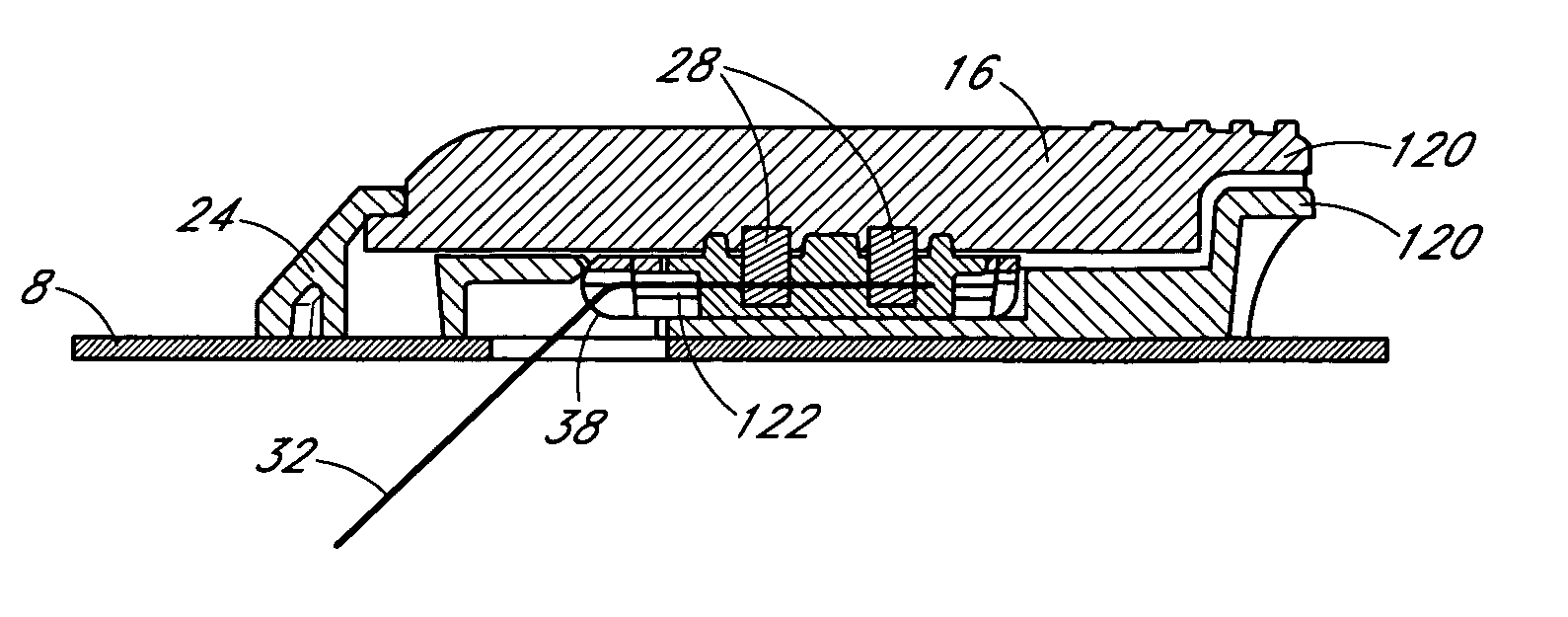Low oxygen in vivo analyte sensor
an low oxygen technology, applied in the field of low oxygen in vivo analyte sensor, can solve the problems of inability to know the blood glucose value of the patient, incur dangerous side effects, and physiological derangements,
- Summary
- Abstract
- Description
- Claims
- Application Information
AI Technical Summary
Benefits of technology
Problems solved by technology
Method used
Image
Examples
example 1
[0405]FIG. 25A is a graphical representation showing transcutaneous glucose sensor data and corresponding blood glucose values over time in a human. The x-axis represents time, the first y-axis represents current in picoAmps, and the second y-axis represents blood glucose in mg / dL. As depicted on the legend, the small diamond points represent the current measured from the working electrode of a transcutaneous glucose sensor of a preferred embodiment; while the larger points represent blood glucose values of blood withdrawn from a finger stick and analyzed using an in vitro self-monitoring blood glucose meter (SMBG).
[0406] A transcutaneous glucose sensor was constructed according to the preferred embodiments and implanted in a human host where it remained over a period of time. The graph illustrates approximately 3 days of data obtained by the electronics unit operably connected to the sensor implanted in the human host. Finger-prick blood samples were taken periodically and glucose...
example 2
[0409] A wholly implantable glucose sensor generally as described above was constructed as is described in more detail with reference to U.S. Pat. No. 6,001,067. A sensing membrane was constructed comprising polyurethanes. The polyurethanes were prepared as block copolymers by solution polymerization techniques as generally described in Lyman [J. Polymer Sci. 45:49 (1960)]. Specifically, a two-step solution polymerization technique was used in which the poly(oxyethylene) glycol was first “capped” by reaction with a diisocyanate to form a macrodiisocyanate. The macrodiisocyanate was then coupled with a diol (or diamine) and the diisocyanate to form a block copolyetherurethane (or a block copolyurethaneurea). The resulting block copolymers were tough and elastic and could be solution-cast in N,N-dimethylformamide to yield clear films that demonstrated good wet strength when swollen in water.
[0410] A mixture of 8.4 g (0.006 mol), poly(oxyethylene) glycol (CARBOWAX® 1540, Union Carbide...
example 3
[0430] A transcutaneous glucose sensor was constructed according to an embodiment described above and implanted in a human host where it remained over a period of time. The graph of FIG. 28A illustrates approximately 1 week of data obtained by the electronics unit operably connected to the sensor transcutaneously inserted in the human host. Finger-prick blood samples were taken periodically and glucose concentration measured by a blood glucose meter. The graph shows the transcutaneous sensor data obtained by the glucose sensor tracking glucose concentration as it rises and falls over time. The x-axis represents time; the y-axis represents current in picoAmps. As depicted on the legend, the small diamond points represent the current measured from the working electrode. The time-corresponding blood glucose values show the correlation of the sensor data to the blood glucose data, indicating appropriate tracking of glucose concentration over time.
[0431]FIG. 28B is a graphical represent...
PUM
 Login to View More
Login to View More Abstract
Description
Claims
Application Information
 Login to View More
Login to View More - R&D
- Intellectual Property
- Life Sciences
- Materials
- Tech Scout
- Unparalleled Data Quality
- Higher Quality Content
- 60% Fewer Hallucinations
Browse by: Latest US Patents, China's latest patents, Technical Efficacy Thesaurus, Application Domain, Technology Topic, Popular Technical Reports.
© 2025 PatSnap. All rights reserved.Legal|Privacy policy|Modern Slavery Act Transparency Statement|Sitemap|About US| Contact US: help@patsnap.com



